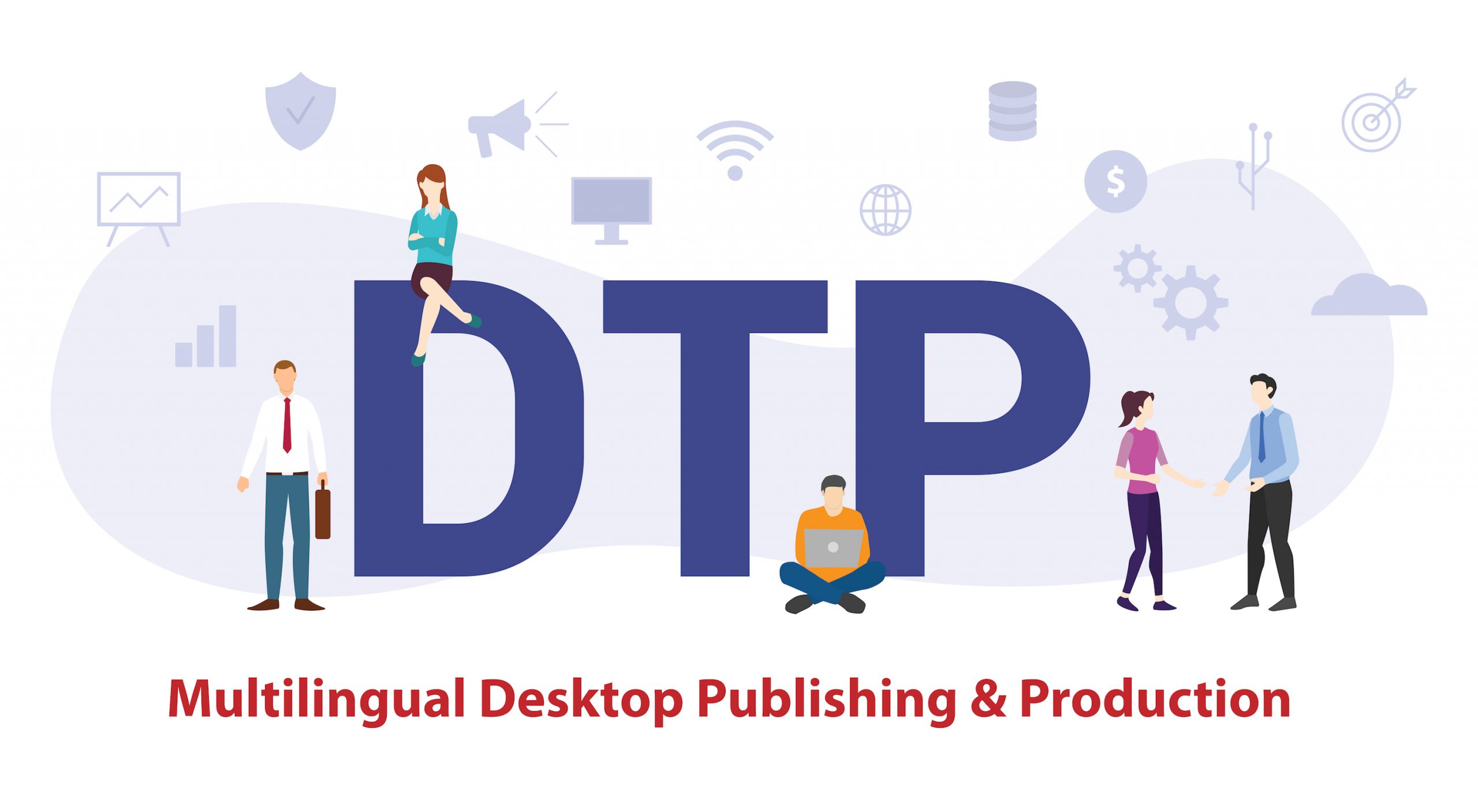In the digital era, data is frequently represented in a variety of forms, each having its own distinct advantages. PDF and XML are two popular file formats for storing and transferring data. PDFs are great for retaining the layout and design of a document, whereas XML is a markup language that encodes documents in both human and machine-readable formats.
However, in other cases, these formats may not be the most efficient or easy way to convey or store data. This is when base64 encoding comes into play. Base64 is a binary-to-text encoding system that converts binary data into an ASCII string that can be readily transmitted across networks.
But why would one want to convert PDF or XML files, which are already in a text-readable format, into Base64? This guide aims to answer this question by delving into the reasons for converting PDF or XML files into Base64. We will explore the benefits, practical use-cases, and also provide a step-by-step guide on how to perform this conversion. So, let’s embark on this journey to unravel the benefits of converting PDF or XML to Base64.
Understanding PDF and XML Files
PDF (Portable Document Format) and XML (eXtensible Markup Language) are two widely used formats for storing and transferring data. Let’s take a closer look at each of these formats.
PDF Files
PDF is a file format designed by Adobe Systems for encoding documents in a way that is independent of the operating system, program, or hardware on which they were created. A PDF file can be any length, with any number of fonts and images, and is intended to allow the production and transfer of printer-ready output.
One of the primary advantages of PDF files is that they retain their appearance regardless of the device or software used to open them. This makes them an excellent alternative for transmitting documents that require consistent style and look.
XML Files
XML, on the other hand, is a markup language that specifies a set of rules for encoding documents in a way that is both human and machine readable. It is mostly used to move and store data. XML files include tags that specify the data and are used to structure and store it.
The primary benefit of XML files is their flexibility. They can be used to store any type of data and are easily readable by both humans and computers. This makes them a common alternative for data transfer between apps.
The Concept of Base64 Encoding
Base64 is a binary-to-text encoding method designed to transport binary-formatted data via text-enabled networks. This ensures that the data remains unaltered throughout transportation.
Base64 is often used to encode binary data, particularly when it needs to be conveyed over email or used in other text-based applications. This encoding helps to ensure that the data remains intact and unchanged during transfer.
In Base64 encoding, the binary data is represented as a string of characters from the following set: A-Z, a-z, 0-9, +, and /. The = character is used as padding at the end of the encoded string if necessary. Each character in the Base64 encoded string represents exactly 6 bits of data.
One of the key benefits of Base64 encoding is that it can take any binary data and transform it into purely text format, which can then be easily transported over network protocols that are designed to handle text.
Reasons to Convert PDF or XML to Base64
Converting PDF or XML files to Base64 may appear to be an unnecessary step, but there are various advantages that make it desirable in some situations. Let’s look at some of these factors.
- Data Integrity: When transferring binary data over systems that are designed to handle text, the data can get corrupted due to the interpretation of certain control characters. Encoding the data in Base64 ensures that the integrity of the data is maintained during transfer.
- Embedding Files in XML or JSON: XML and JSON are text-based formats that are commonly used for data interchange. If you need to include binary data (like a PDF file) within an XML or JSON document, you can encode the binary data in Base64. This allows the binary data to be handled the same way as other text-based data in the document.
- Data URI Scheme: The Data URI scheme allows resources, typically images or other media, to be embedded within web pages without requiring a separate HTTP request to fetch the resource. The resource data is encoded in Base64 and included directly in the URI. This can improve page load times by reducing the number of HTTP requests.
- Email Attachments: Email protocols are designed to handle text-based data. Attachments in emails are encoded in Base64 so that they can be sent along with the text data.
- Storing Complex Data in Databases: Some databases are not well-equipped to handle binary data. In such cases, binary data can be encoded in Base64 before being stored in the database.
How to Convert PDF or XML to Base64 in Python
Converting PDF or XML files to Base64 is a straightforward process that can be accomplished using various programming languages. In this chapter, we’ll provide a step-by-step guide on how to perform this conversion in Python.
- Read the File: The first step is to read the PDF or XML file in binary mode. This can be done using the built-in open function in Python.
with open(‘file.pdf’, ‘rb’) as f: data = f.read()
- Encode the Data: Once you have the binary data, you can encode it in Base64 using the base64 module in Python.
import base64 encoded_data = base64.b64encode(data)
- Output the Encoded Data: The b64encode function returns the encoded data as bytes. To convert it to a string, you can use the decode function.
encoded_string = encoded_data.decode()
And that’s it! You now have a Base64 encoded string of your PDF or XML file. This string can be easily transported over network protocols that are designed to handle text.






